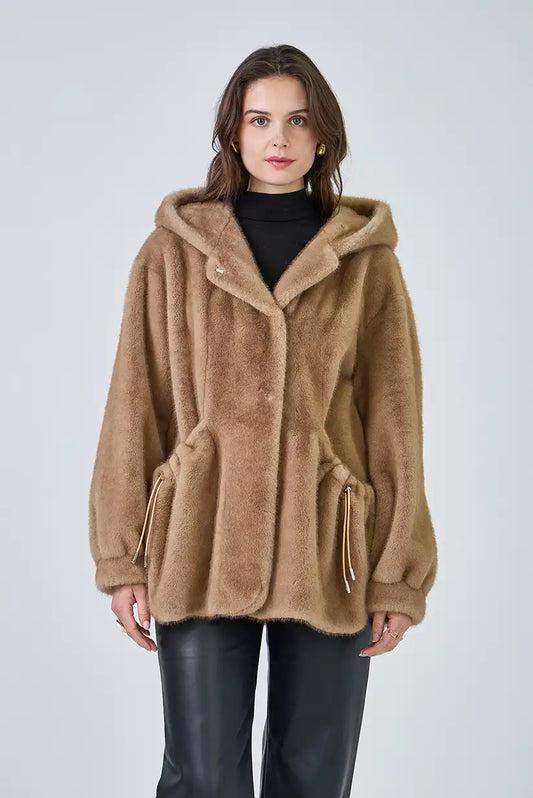What is Slow Fashion?
The term "slow fashion" has gained popularity in recent years as a direct response to fast fashion, which is characterized by mass production and unbridled consumption. But what exactly is slow fashion? Essentially, slow fashion is a movement that promotes the creation and consumption of clothing and accessories in a more conscious and sustainable way. It focuses on quality over quantity, and on the longevity of garments, rather than following ephemeral trends.
Fundamental Principles of Slow Fashion
Slow fashion is based on several key principles that distinguish it from fast fashion:
- Quality over quantity : Instead of buying a lot of low-quality clothes, slow fashion advocates investing in well-made pieces that will last longer.
- Supply chain transparency : Slow fashion brands are transparent about their production processes and ensure fair working conditions for their workers.
- Sustainable materials : Ecological and ethical materials are used, such as organic and recycled fibers, which have a lower environmental impact.
- Local production : Favor local production to reduce the carbon footprint associated with transportation and to support local communities.
- Timeless Design : The garments are designed to be classic and durable, moving away from passing trends.
Benefits of Slow Fashion for the Environment
Slow fashion has numerous benefits for the environment:
- Waste reduction : By focusing on durability and quality, the amount of clothing thrown away is reduced.
- Lower resource consumption : Slow fashion production generally requires less water and energy compared to fast fashion.
- Reduced pollution : Fewer toxic chemicals are used and the release of synthetic microfibers into aquatic ecosystems is minimized.
- Supporting biodiversity : By using organic materials and sustainable production methods, biodiversity is preserved and responsible agricultural practices are promoted.
How to Integrate Slow Fashion into Your Daily Life
Integrating slow fashion into your daily life can be easier than you think. Here are some tips to get you started:
- Buy consciously : Before purchasing a new garment, ask yourself if you really need it and if it is of good quality.
- Invest in versatile pieces : Opt for clothes that you can wear on multiple occasions and combine in different ways.
- Support sustainable brands : Research and shop from brands that follow slow fashion principles and are transparent about their practices.
- Take care of your clothes : Follow the care instructions to make your clothes last longer and repair them when necessary.
- Secondhand and recycling : Consider buying secondhand clothes or swapping them with friends and family. Recycle or donate clothes you no longer wear.














